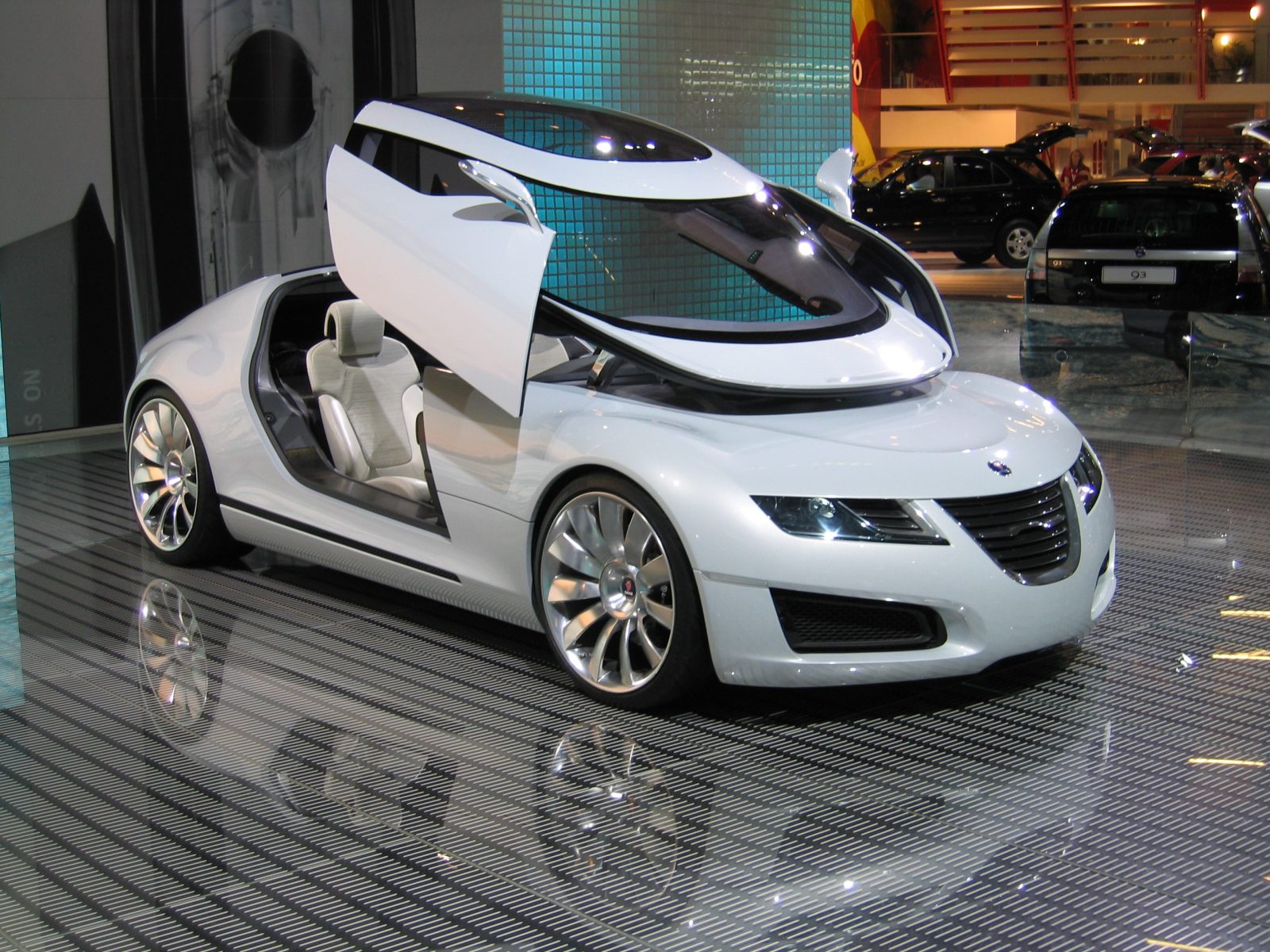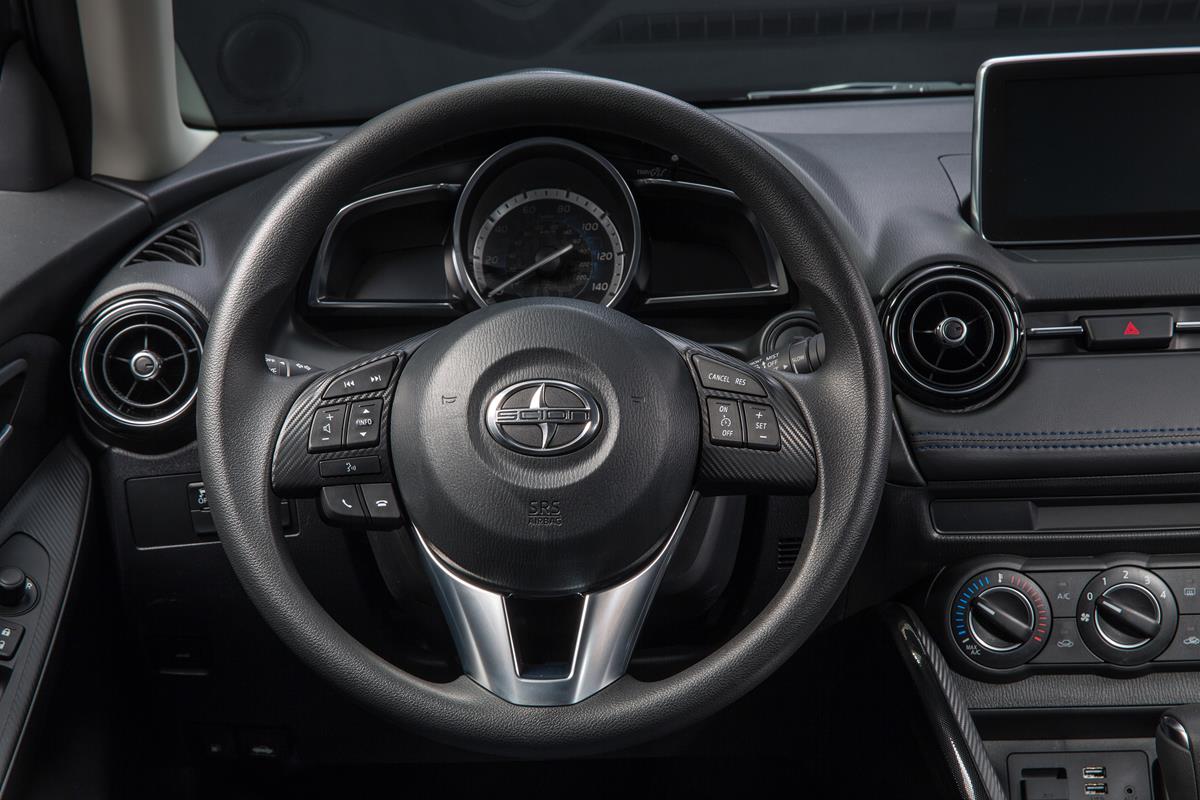Back in 2006, Saab introduced a concept car that was determined to overthrow the company’s “boring professor car” image. The Saab Aero-X showcased several engineering marvels that proved that the Swedish carmaker was capable of going beyond daily driven sedans and station wagons. Its innovations found their way into a few future Saab vehicles, but didn’t prevent the company’s demise a decade later.
Saab Automobile was a wartime spinoff automaker created in 1945, coming from the well-established and respected Saab Aeroplan. It wasn’t until 1949 that the first Saab automobile, the Saab 92, hit the streets. About a decade later, the company-defining Saab 900 entered the market, becoming the best-selling car that the Swedish company offered during its lifetime. The 900s successor, the 9-3X, featured more than a few innovations that were first introduced with the Saab Aero-X concept. Including its front fascia.
The Aero-X first unveiled at the Salon International de l’Auto in Geneva. The 2006 concept featured a new-generation engine tuned to run on pure ethanol. The 2.8-liter V6 twin-turbo produced 400 horsepower and had a stated 0-60 mph sprint time of 4.9 seconds. With a top speed of 158 mph, it was controlled via a seven-speed manual transmission that shifted on the steering wheel Formula-style. All-wheel drive was also featured with this new transmission. An electronically-controlled suspension, while relatively unusual at the time, was not unheard of by 2006.
Many of those contributions, especially the improved AWD system, were a part of the 9-3X that came shortly afterwards as a production model. Other features, however, never saw production. The ethanol-only engine, for example, was never used as it was shown, but derivatives were used in some world markets where E100 was commonly available. Mostly in four-cylinder formats.
The Aero-X’s innovative one-piece roof and doors, which slide up and forward together to expose the cockpit, was a showstopper at the Salon, but wasn’t very practical for an everyday car. Neither was the two-seat configuration or the split rear storage that featured drawers instead of an open cargo space.
Perhaps most innovative for the time, however, and what became the hallmark of the car for futurists was its replacement of buttons and dials for an acrylic screen with graphic 3D images. While rudimentary compared to today’s touchscreens, the display was a clear look at what was coming to automotive information and stereo screens. It went well beyond the mono-color, simple LCDs that made up most screens of the time period.
LED lighting throughout the car’s interior and at all exterior points was also a premonition of what was to come. Although not technically road-legal at the time, at least in the U.S. and most of Europe, the LEDs used on the Aero-X were early versions of the now-common LED lights found on today’s vehicles.
Saab, for all its marketplace faults, was at its core an engineering company that happened to sell cars. Its folding and cessation of production in 2016 came despite many attempts to revive and restore the company to former glories. The Saab Aero-X was a sort of last gasp of excellence from Saab and in many ways set the stage for several modern developments to come soon after. The Aero-X resides in the Saab Automotive Museum in Sweden.
All photos courtesy Wikimedia Commons.











